If you’ve been participating in the Light Stalking forums lately, you will have probably also been following Mila Pinchev’s still life photographs. With his growing, following and clamouring for some tips, we were able to convince Mila to share some of his secrets with us.
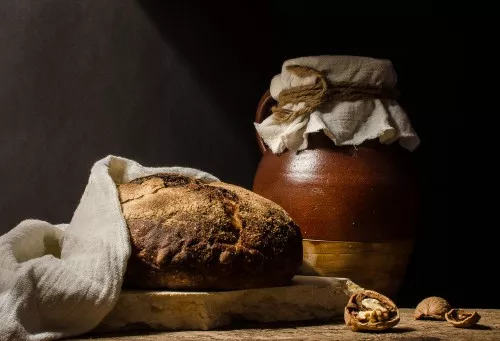
What Is Still Life Photography?
Still life photography is a genre of photography where inanimate objects are photographed. It is usually a single object or a group of objects that have a relationship with each other.
Some examples of still life photography are food photography, product photography, etc., and this genre has gone through a lot of forms over the years in the history of still life photography. The creativity and art in this genre of photography lies in the choice of subjects and light used.
What is special about still life photography?
Still life photography is quite flexible in that it gives the photographer complete control to arrange the elements in the frame in the desired composition, use the desired lighting setup and hence create their own design based on their visual perception because the photographer is dealing with inanimate subject matter. When it comes to other genres of photography like landscape photography, street photography, outdoor architectural photography, nature photography, etc., the photographer will need to work with the available elements, subjects, light, etc., having little control over the factors as a photographer.
What Are Some Subjects Suitable For Still Life Photography?
Subjects for still life photography need to be chosen wisely in order for the photo to work well. You need to have an idea or story in mind and then execute it creatively and effectively in order to capture a compelling photograph. Natural objects like plants, fruits, vegetables, rocks, shells, etc., and manmade objects like pots, wares, food, books, any kind of everyday objects, etc., can be great subjects for still life photography.
The 2 main types of still life photography
Still life photography may be thought of as something that is created by the photographers, as in, arranged and photographed by the photographer. There are two main types of still life photography:
- Found – Found still life photographs are still life images of a collection of things that have been arranged already for a particular purpose. Capturing these objects in their own still life compositions without altering or moving anything in the scene (the way you want it to be) is called found still life photography. Examples of these could be naturally found subjects like leaves, fruits on the ground, products arranged in a market, objects in a junkyard, product displays, etc.
- Created – Created still life photographs are the ones mostly talked about and most often photographed type of still life photograph. In this type, as we have already discussed above, the objects are arranged in a certain way to look visually pleasing. Any still life arranged intentionally by moving or rearranging the elements in the frame and then photographed can be termed as created still life photography.
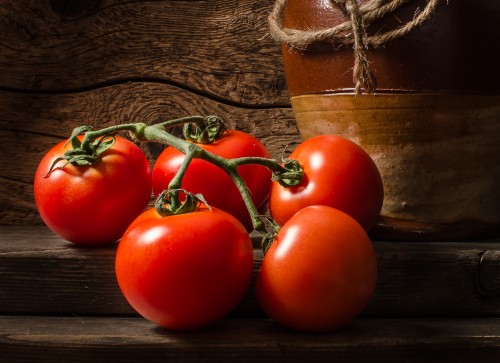
tomatoes by VALERY on Light Stalking
Some Still Life Photography Ideas
Still life photographers are always working with subjects that do not move, and hence more importance needs to be given to the choice of subjects in terms of forms, the light used, composition, shooting angle, preferred depth of field and so on. The right choice of these factors can help with powerful fine art photography. Here are some ideas that you can use to capture perfect still life photos.
Choice Of Subjects – What To Look For?
Choose still life subjects that have visible forms, shapes and textures so that the lighting used can create a play with shadows and help to capture a visually pleasing still life image. Even ordinary objects that you find around in your home or office can be a great still life subject and add interest to still life shots. Look for interesting colours based on the story or setup and mood you are trying to bring into the still life photo. Also watch out for reflections from the surface of the subjects, as you do not want these to ruin your photo.
Compositions – How Elements Need To Be Arranged?
Still life photography composition is another important factor to consider because it is the photographer who will be laying out or arranging the different elements in the scene to capture a theme or story. You can start with the basic rule of thirds, leading lines, and then move on to advanced compositional guidelines like curves, geometry, minimalism, etc.
Try different layouts and arrangements and capture test shots to see which arrangement looks meaningful and visually pleasing. Minimalism can be a bit tricky in still life photography because you will be working with a lot of negative space which means, you will need to be wise in the choice of subject, background, lighting setups, etc., in order to get an effective resulting still life photo that can grab attention of the viewer’s eye.
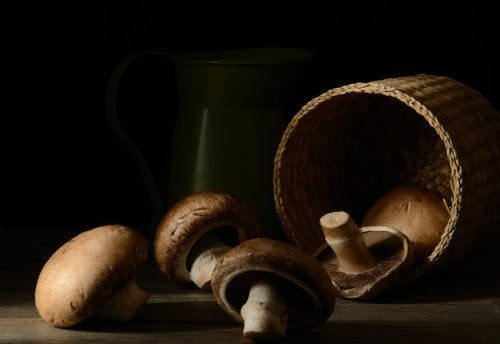
DSC_4455.JPG by VALERY on Light Stalking
Preferred Lighting
Still life photography works great with natural light, especially the soft window light that can be used to light the setup or subject from an angle. You can also use soft light in a studio if you are working at night or in a less illuminated location.
When shooting indoors, you should turn off the normal lights and use only one type of light so you can avoid the colour casts due to lights of various temperatures. Moreover, you do not need to have multiple light sources and have complicated and unpleasant shadows in the frame.
Direct sunlight can be a bit hard on still life photography, but if you wish to deviate from the fine art look into more of a dramatic mood in the image, or if that is something that will suit the subject of your choice, then you can use this kind of light for still life photography.
Make sure that when you are photographing handheld, that your shutter speed is greater than 1/focal length, taking into account the crop factor, so you do not introduce any blur due to camera shake in the image. Many still life photographers tend to use a tripod for flexibility in composition.
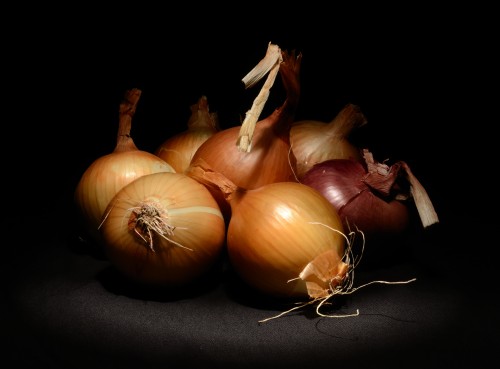
DSC_4558.JPG by VALERY on Light Stalking
Shooting Angles And Perspectives
When photographing still life, try various angles and perspectives. Move around the subject and also try shooting from above or from lower perspectives. There is always one angle or perspective that works great for a particular subject, light and composition.
Choice Of Depth Of Field
As a still life photographer, the choice of depth of field depends on your visual perception of the scene and creative vision of how you want the resulting image. You can start with a moderate aperture value like f/5.6 and then observe the resulting image to see if a shallower or deeper depth of field will work.
It is often a good choice to try various aperture values, take test shots and then decide what works best based on your creative vision. Once you get an idea of aperture values that work best for your still life photos, you can take advantage of the aperture priority mode in your camera.
How To Capture Stunning Still Life Photographs?
Capturing still life photos requires a creative workflow that needs to be executed well. Here is the detailed process that Mila suggests.
1. Think About the Concept of the Shot First
The first factor to give a thought about is, what do you want to show to the viewer? The options vary from interesting objects, textures, colours or a combination of all these things. It's hard to create successful images without a good idea first!
Tip: You can sketch your idea on paper – this can be very helpful at the conceptual stage before you have even picked up your camera.
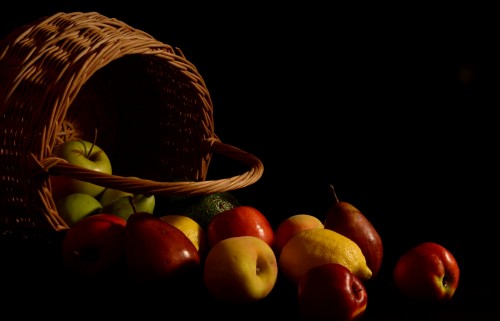
fruits by VALERY on Light Stalking
2, What You Will Need
- A table to lay the setup
- Scrim for diffusing the light (the vellum paper is a good diffuser) if you are photographing indoors
- A-clamps
- Light stands – at least two of them if you are photographing in a studio
- Matte black and white boards as reflectors – depends on the subjects, choice of light, backgrounds, etc.
Tip: Adjustable X legs from musical shops in combination with a wooden plate are perfect.
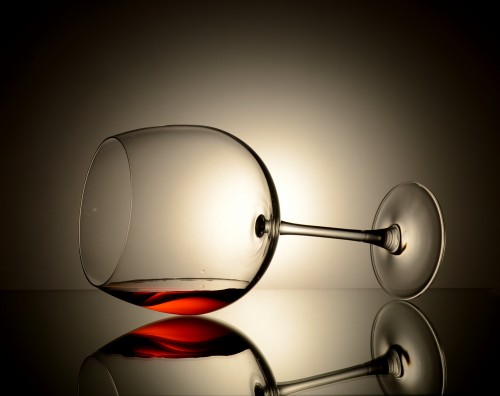
glass of wine by VALERY on Light Stalking
3. Creating the Set
Get The Background Right
Keep it simple! It could be the wall in your house/garage, a piece of matte card/cloth. Avoid glossy surfaces as they can throw a lot of unwanted reflections that don’t often look good for these types of photographs.
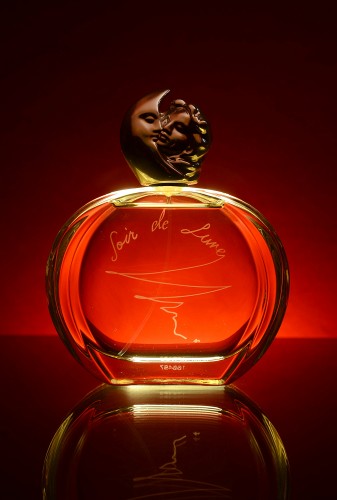
DSC_1600.JPG by VALERY on Light Stalking
Think About The Props
Look around your house and you can find plenty of potential props for still life photography. Visit a flea market if you need more. It is often suggested that props bear some relation to each other, but it's not necessary if it achieves the look you are wanting to achieve (or drawn down in your artist’s concept sketch). Remember, you are not taking a photo of the object, but of light!
Tip: If you are new to still life photography, start with just a single object!
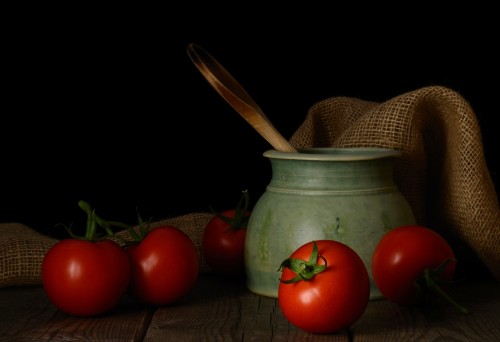
DSC_3715.JPG by VALERY on Light Stalking
4. The Key to Still Life Composition
Any still life photography should usually be visually balanced with a very clear center of interest. Think about the viewer’s eyes. You should guide them through the image. Usually the first thing we see are the bright objects and those in the foreground. Focus is critical so choose your aperture settings carefully!
Tip: A black card with a rectangular opening with proportions of 1×1.5 or square will help you to visualise the composition before you take the shot with the camera.
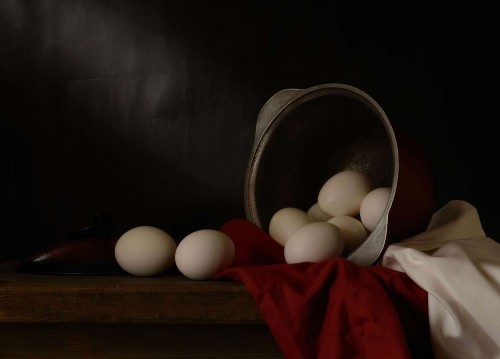
still life with eggs by VALERY on Light Stalking
5. How to Get Still Life Lighting Right
For still life photographs, you should consider three types of light:
- Natural light – This is usually the best option, but in this case you miss a huge advantage of still life photography – the ability to shoot whenever you want and as long as you want!
- Harsh light – This kind of light is good for revealing textures, bringing a drama, and can also be used as a low key lighting setup to capture low-key images of still lives.
- Diffused light – it can give the image a subtle fill that is good for high key images. You can even make use of other high key lighting techniques for still life photography.
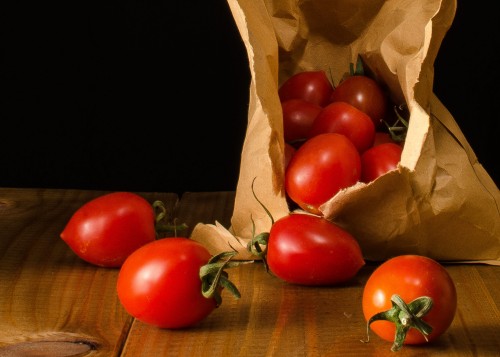
still life#20 by VALERY on Light Stalking
What lighting style you use depends on your vision and the very idea you are trying to bring to life.
Tip: Use as many lights as you wish, but always add one light at a time and make sure they are the same kind of lights (with the same colour temperatures).
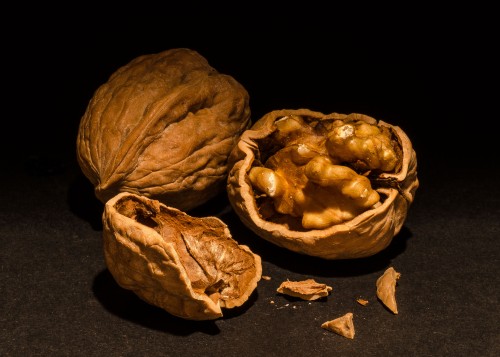
walnuts#1.jpg by VALERY on Light Stalking
Lenses And Focal Length For Still Life Photography
For Still life photography you do not need to be very close to or very far away from the subject. You need to be at a moderately convenient distance from your subject, in order to capture still life photographs well.
Lenses with focal lengths equivalent to 35 or 50mm can be great choices for still life photography. These lenses are faster and hence allow you to capture images sharply and with better quality even in moderately lit conditions.
And Now The Most Important Tip: Don’t Rush
Don't compromise and don't rush!
You have the luxury of no time pressure for still life shots, so shoot any time of the day or night and you can take a break in the middle of the session. Any one session can take several hours before you even start post processing. So don't dismantle the set until you are happy with the result or the final image.

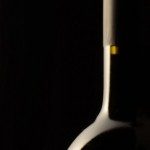

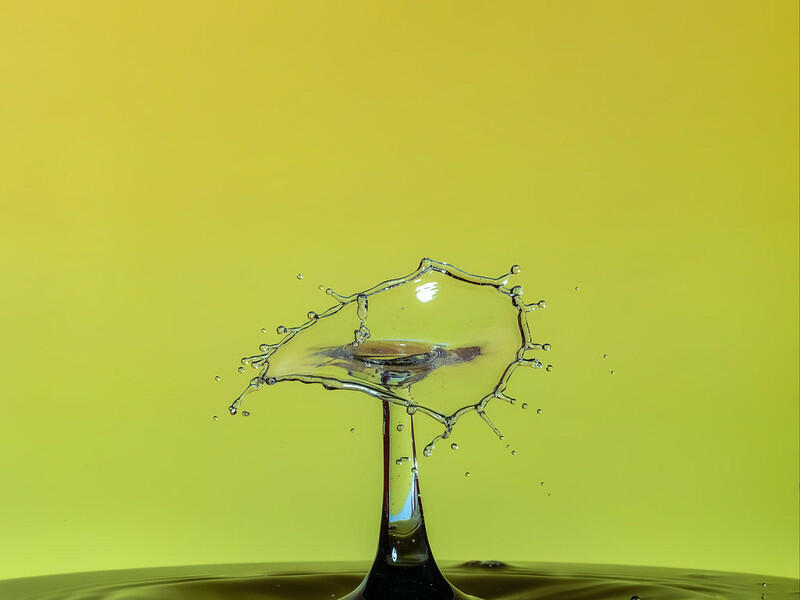
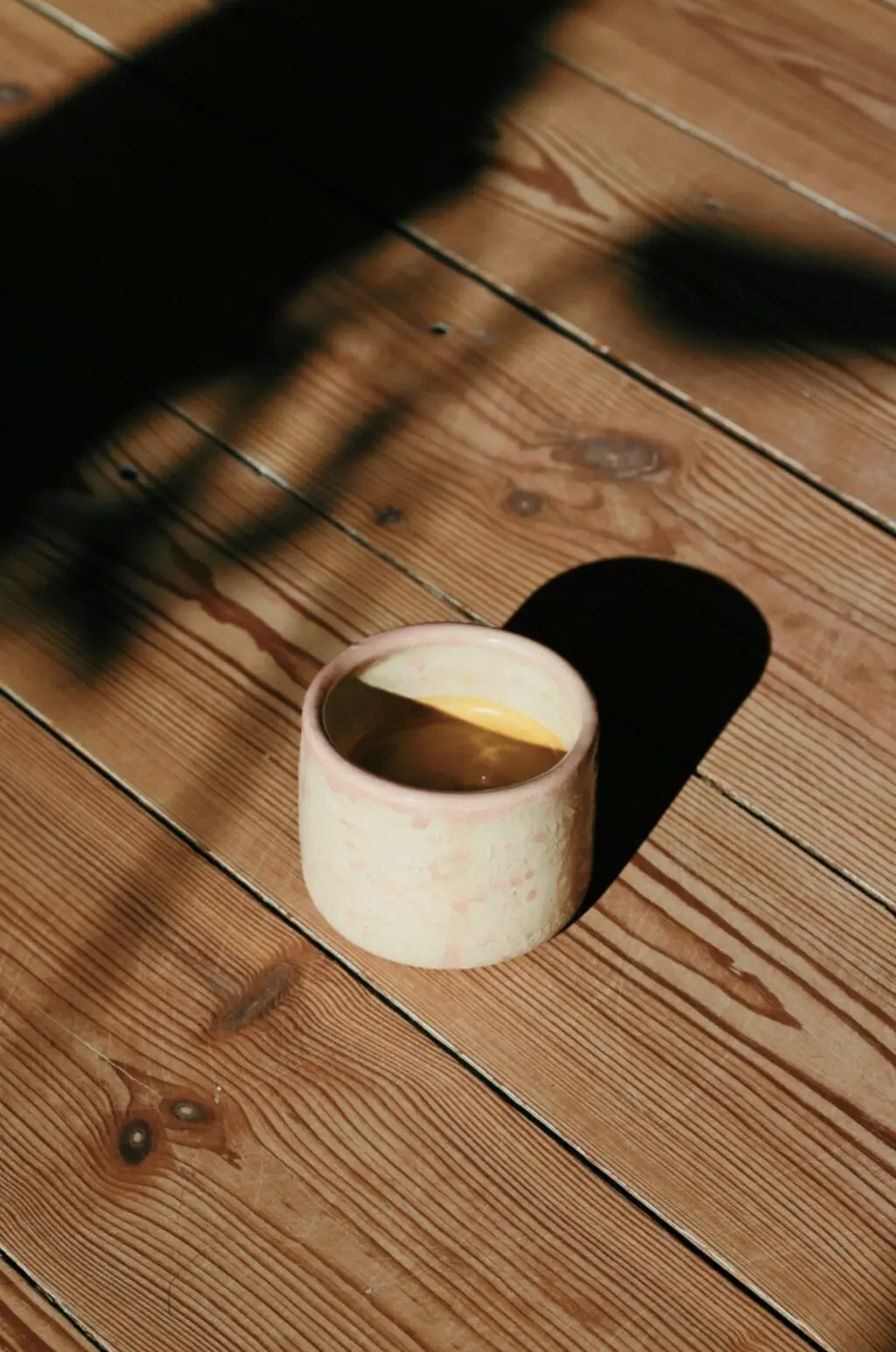
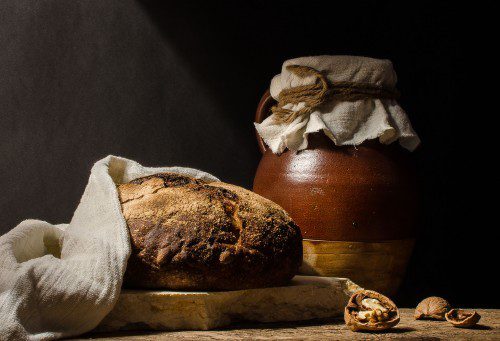
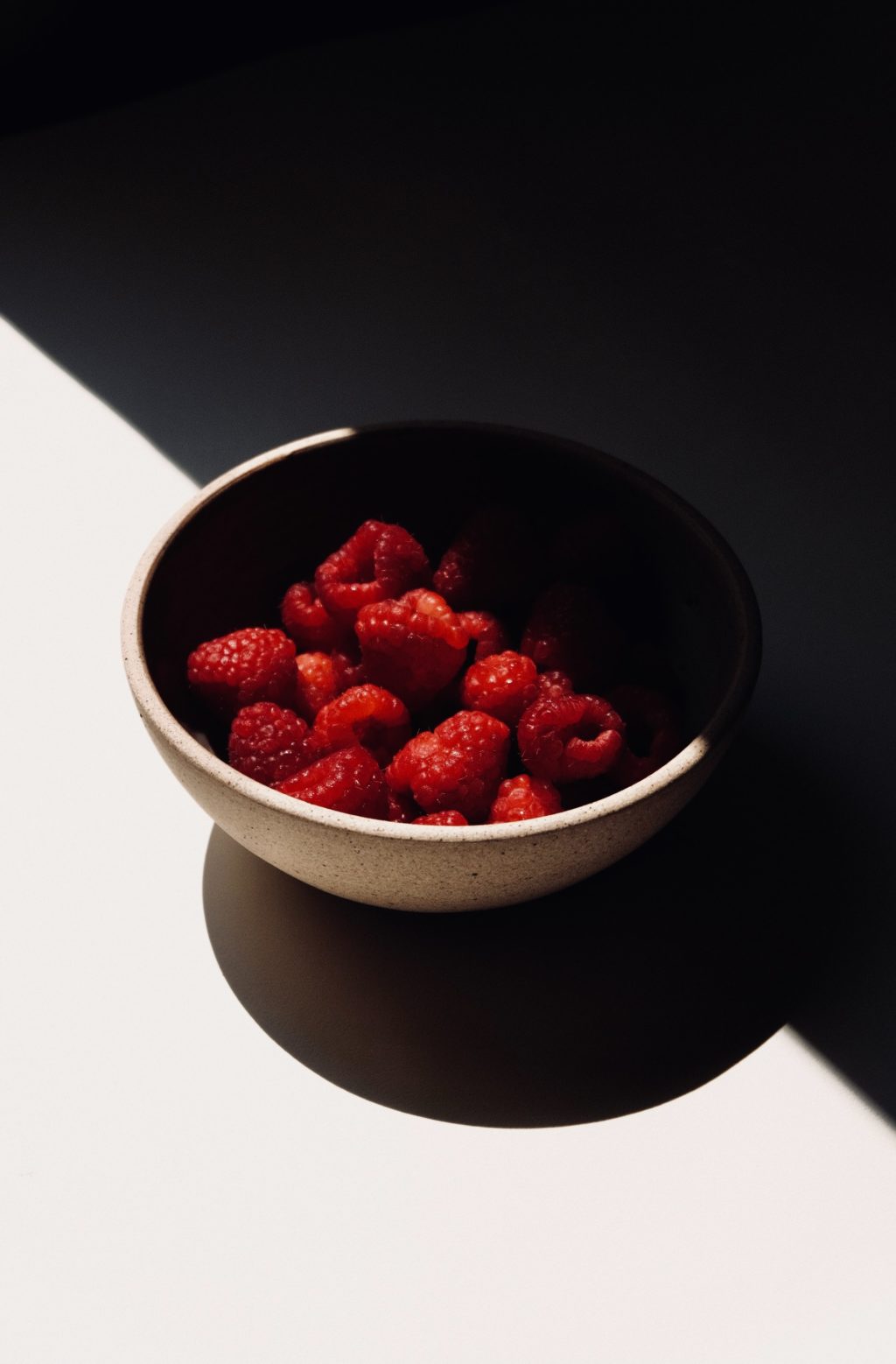
4 Comments
You could always use a light painting technique, which only involves a torch.
See my flickr page for examples of Still Life.
Would much appreciate any tips or links on fabric photography. Of particular difficulty is white balance and texture. I need to photograph glossy satins, matte satins, sheers like organza, heavy weave like burlap, color prints, embroidered sheers, etc.
anything would be appreciated
Ric, one problem i have had with fabric and garment photography is getting the color correct in the post processing, if you can keep a scrap that helps esp if printing. Because we mostly see jpgs in camera display the captures can look off, in image review too. Using natural diffuse lighting and not direct sun or worse shadows helps but you prob know all of this. I do know its more difficult than i thought, especially getting patterns in fabric to look true AND nice.
I would love lessons on glass photography…light set up, good and bad reflections, clear glass and bottles. I’ve tried a bit but there has to be an easier way.